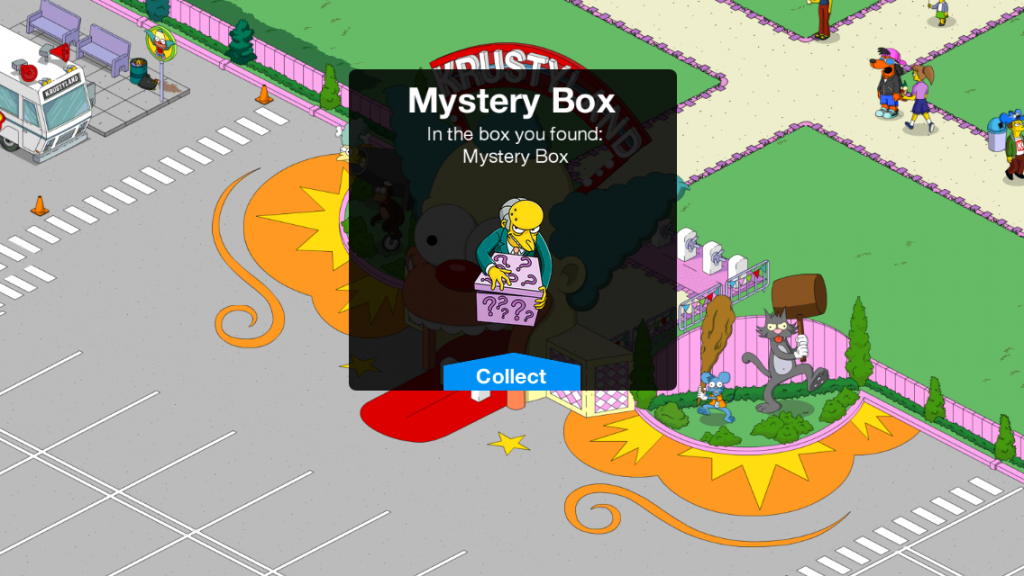
If you’ve ever seen the movie Fight Club (1999), AND saw it in English, you might remember this idea from a conversation early in the story.
The narrator (Edward Norton’s character) is talking to Tyler Durden, his seat mate on a trip, when he mentions the concept of “single-serving friendsâ€. For anyone who travels with any regularity, they are likely familiar with single-serving experiences…hotels and airlines typically provide patrons everything from toiletries to dining condiments in very small doses intended to be completely exhausted after just one use.
In this situation however, the narrator extends the concept to include the people one meets while traveling as well; equating the temporary acquaintances we share the intimate space around us for several hours—space typically reserved exclusively for only our closest friends, families, or significant others—with so many tiny vials of shampoo; almost certainly a brand we’ve never tried, are reluctant to open, yet are nudged by the forces of circumstance to sample anyway.
I can’t speak for Japanese culture, but it’s quite common in America that strangers occupying adjoining seats on a bus, train, airplane, or even roller coaster to make use of their temporary closeness to strike up a friendly conversation…no strings attached. Of course while common, not all people choose to exercise this opportunity, but for those who do, they can make single-serving friends whom they discard once the physical proximity is severed.
Since Fight Club was released, this phrase’s connotation has evolved to include a longer stretch of time than just the couple hours while in each other’s immediate presence. For example, the doorman at your hotel, a recurring face at a weekend conference, etc. As it turns out, being a foreign student (or teacher) exposes one to lots of these experiences, for better or worse. Other teachers, other students, are all essentially single-serving relationships that are all fated to last only until one of the parties reaches their predetermined departure date and returns to their home country. Of course this isn’t always the case and a certain small percentage of people can become long-term friends, but the vast majority we will cease to communicate with, think about, or sometimes even remember once the experience and environment binding us ends. As we say in English, “out of sight, out of mindâ€.
It’s a sobering kind of reality I wasn’t prepared for when I first began teaching Japanese and Korean students in San Francisco. At that time, I was mainly working pro-bono as a kind of hobby and to gain experience with other cultures, but also to make friends. After the first few months, I was pretty taken aback when in one month all but one of my friends/students left, most of them rather suddenly. All of the people with whom I’d built personal relationships or quasi-professional rapports evaporated overnight like moist footprints on the marbled floor of a business lobby. While I connected via email or Facebook with many of them, as any avid user of social-media comes to realize, they are excellent tools for passive, spectating interpersonal relationships, but awful at generating meaningful discourse or fostering healthy bonds. Within days or weeks, despite being digitally connected, our immediate lives took priority, pushing aside those things and people who were no longer a part of our daily routines.
So too has this been my reality as both a student and teacher here in Sapporo. Throughout my first year as a student at a Japanese language school making a good number of friends and even more casual acquaintances, nearly all of them reverted to strangers once they—or eventually I too—left the school. As a teacher, I prepare many of my students for international experiences: living, working, or traveling abroad; a special presentation; a job promotion; etc. Once the time comes for each student to fly (literally and figuratively), our brief time together instantly becomes a collection of memories, not a real, living connection with another person.
This introspection came after the last of my remaining classmates and one of my closest friends in Sapporo—someone I met on my very first day here—recently returned to his home country. Most of my daily encounters are professional, making a circle of friends a very finite clique indeed. So to realize that I have in fact come full circle (I arrived in Japan with no friends, and have in some ways regressed to that same ‘tabula rasa’ state) is another of those sobering moments, courtesy of the revolving-door that is intercultural living.
As everyone ages, we all eventually come to understand the impermanence of everything in life, but it has nevertheless been interesting comparing the relative rates of change an average person experiences solidly planted in their own, native culture with that of an internationally-affected person. It seems not only do all things change, but at relative paces. As I turn 35 this weekend, I feel particularly aware of this phenomenon, and find greater appreciation in the more stable aspects of my very volatile existence.














